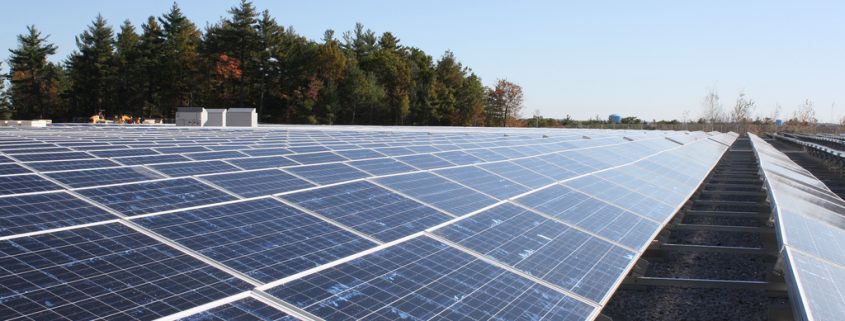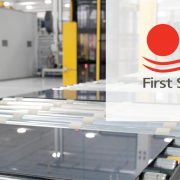New report by ETIP PV identifies what makes Photovoltaics electricity truly competitive
When is it financially worthwhile investing in a Photovoltaic (PV) system? A new report, “The True Competitiveness of Solar PV. A European Case Study” published by the European PV Technology and Innovation Platform (ETIP PV) compares the levelised cost of PV electricity (PV LCOE) with the cost of sourcing electricity from the grid for the same usage in different European countries and market segments.
Solar photovoltaics has experienced a dramatic reduction in cost and is becoming the cheapest form of electricity generation in many countries. Since 2009 the average price of solar PV modules has decreased by 90%. Accordingly, the prices of turn-key PV systems and the PV generation cost have fallen to a competitive level.
PV electricity is already cheaper than retail electricity in all market segments and with all realistic interest rates in many European countries like Italy, Germany, the UK, Spain, Portugal and Greece. Even in countries with moderate solar irradiation and low retail electricity prices like Finland and Sweden, PV will become competitive shortly after 2020.
The most important parameter affecting PV competitiveness is the share of the PV generation that can be used on-site by the owner (self-consumption). The PV generation directly and locally consumed will save the total variable retail price in customer’s electricity bill, whereas surplus generation is often valued for a very low price, typically for the electricity wholesale price. With residential PV systems, the self-consumption ratio is usually 50% or lower, whereas in commercial and industrial installations it can be close to 100%.
Another important parameter is the interest rate, or weighted average cost of capital (WACC). Because PV has very little operational cost, the WACC rate applied for the investment is a decisive factor. Therefore the biggest threat to PV competitiveness are the various legal, taxes and regulatory changes which may jeopardize investor confidence and thus increase the financial cost.
Under steady regulatory policy, when PV can benefit from a low interest rate through its inherent low technology and environmental risk, PV LCOE is extremely low and PV is already the cheapest form of electricity generation. This can be seen in the several power purchase agreements (PPAs) signed around the world, which are already below 30 €/MWh. And the prices are going down even lower: by 2030 PV LCOE will be almost halved again and by 2050 it will be decreased by about two thirds.
[embeddoc url=”https://resources.solarbusinesshub.com/images/reports/170.pdf” download=”all”]
Source: Press Release by The European Technology and Innovation Platform Photovoltaics (ETIP PV). Image Credit: Mass. Office of Energy & Environmental Affairs via Flickr (CC BY-NC 2.0).










